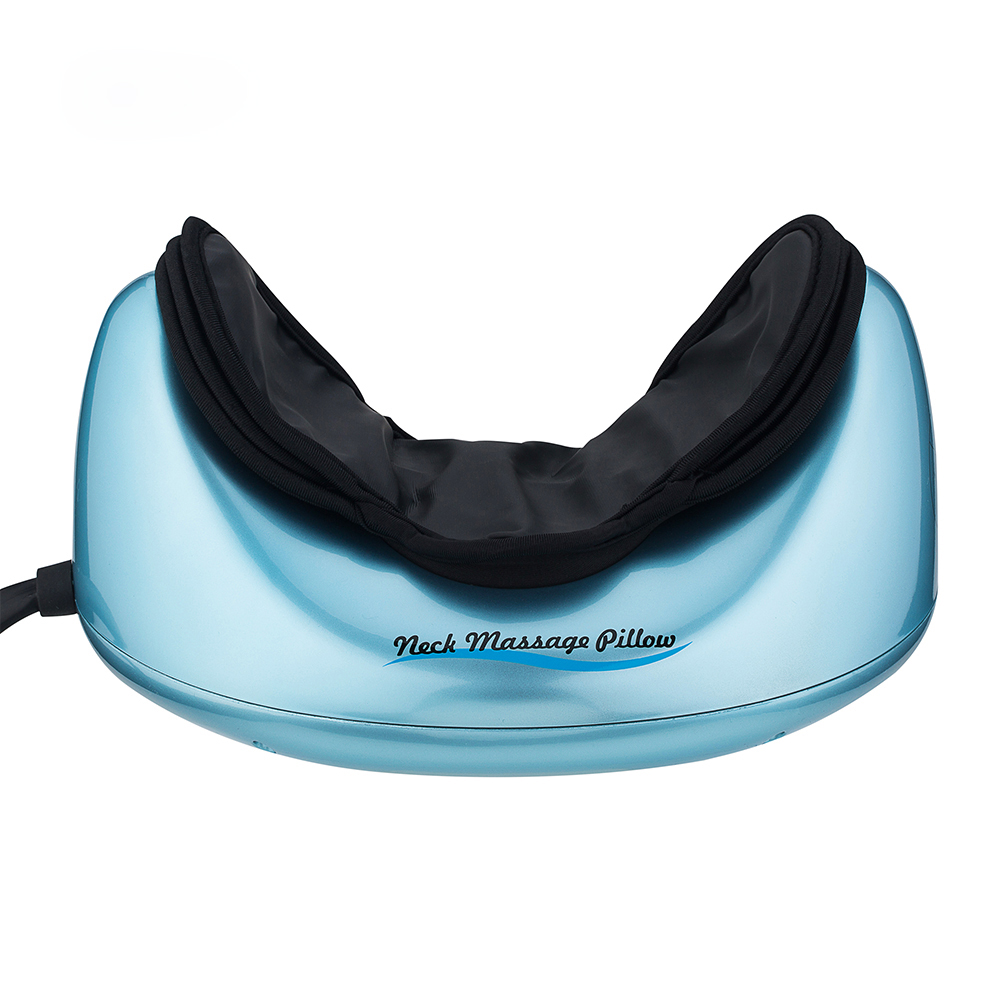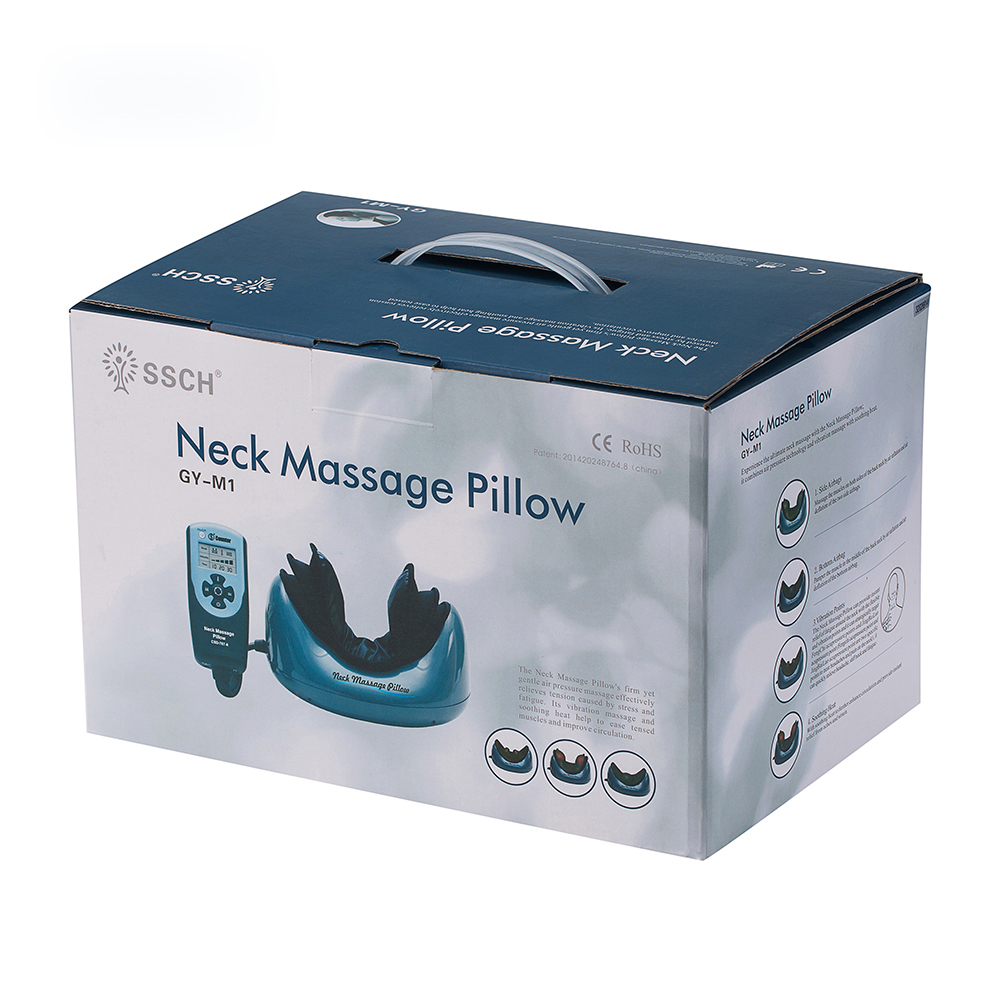Fertilizer nutrients are double-edged swords. After nearly 50 years of hard work, China has basically achieved food security. The total grain output increased from 113 million tons in 1949 to 512 million tons in 1998, of which the contribution of chemical fertilizers exceeded 40%. By 2002, China's fertilizer use reached 43.39 million tons, accounting for about 30% of the world's total. It is the world's largest producer and consumer of fertilizers. While bringing high yields, it also brought pollution. It is estimated that the value of nitrogen lost in China is more than 30 billion yuan each year, and only about 1.74 million tons of fertilizer nitrogen is leached and runoff loss in farmland ecosystems each year. The annual output of dissolved inorganic nitrogen in the Yangtze River, Yellow River and Pearl River has become the main reason for the formation of red tides in the offshore. At the same time, organic nutrient resources have not been fully utilized. The annual return rate of N nutrient in straw resources is only 47.3%; the amount of waste generated from urban waste and animal husbandry is huge and has not been effectively used. In the face of the vicious circle of "pollution-governance," we must seek comprehensive management strategies for nutrient resources that guarantee food and environmental security. The "948" project of the Integrated Management of Nutrient Resources under the leadership of the China Agricultural University combines the fields and regions at different scales. At the farmland level, it emphasizes the comprehensive use of all nutrient resources in the agricultural ecosystem through accurate real-time nutrient management. Optimize cultivation and other farmland management measures, adopt comprehensive utilization of high-efficiency varieties and other technologies to achieve high-quality, high-yield, coordinated system nutrient input and output dynamic balance, and regulate nutrient cycling and utilization intensity. At the regional level, through the analysis of the characteristics of nutrient resource utilization and recycling, the paper proposes an optimized management model of farmland nutrient resources and new fertilizer product recommendations, guides the fertilizer companies to rationalize the distribution of chemical fertilizers, produces and implements agrochemical services, and improves the agricultural technology promotion system. To optimize the use of regional nutrient resources. At the national level, focusing on the urgent needs of the international market and China's agricultural products and agricultural technology to move toward the world, we will focus on energy from the perspective of building a well-to-do society in China, improving nutritional conditions, raising living standards, economic development, ecological environment protection, and efficient use of resources. - Mineral Resources - Fertilizer Production - Circulation - Application and "Fertilizer - Soil - Plant - Animal - Human - Environmental System Nutrition Cycle" two lines, development and utilization strategies for nutrient resources in China, balance of nutrient cycle and quantity of agricultural products The study of major issues such as the impact of quality, human health, and the impact on the ecological environment has provided suggestions for national and local government decision-making and corporate development and development of relevant policies and regulations, and has ensured national food and environmental security. Through project implementation, in terms of field-scale nutrient management, China has constructed a comprehensive management of nutrient resources based on high-yield and high-quality cultivation techniques, with the real-time monitoring of nitrogen nutrition as the core, combined with the measurement of phosphorus and potassium trace elements in the field. The technical system has been tested, demonstrated and promoted in crop systems such as wheat, corn, rice, cotton, paddy crops, tobacco, apple, and vegetables. The comprehensive management technology of nutrient resources at the scale of dry farmland crops at China Agricultural University increases the yield of the crop by 5%-10%, saves 10%-30% of nitrogen fertilizer in high-input areas, increases nitrogen utilization rate by 10%-15%, and applies excessive nitrogen. The negative effects of the environment are effectively controlled. The demonstration and promotion area of ​​this achievement reached 5.379 million mu, with an increase in revenue of 13.618 million yuan. Rice has implemented on-site nutrient management techniques in two lakes, Jiangsu, Zhejiang, and Guangdong, saving more than 30% of nitrogen fertilizers over conventional fertilization methods, yielding a slight increase, and increasing nitrogen uptake utilization by 60%.
Neck Massage Pillow:
The Neck Massage pillow is a new generation of innovative Health Care product based on developments in physics, bonics and micro electronic technology. It combines a large number of clinical practices to produce a personal massage experience for the user. The massage unit is featured by streamlined design;it can instantly alleviate neck discomfort and neck fatigue, and has a microheat function through three-point pressure massage and two stretching pint vibration massage.
Neck massage pillow is to act air pressure massage and vibration directly on the person`s neck, by massaging tissues around the neck and the soft vibration massage point to point, the muscles may experience an exercise movement, speeding up to clear up the restriction to the blood circulation inside the muscle, and improving the blood circulation, so it immediately alleviate neck fatigue and prevent neck disease.


Neck Massager Pillow
Neck Massager Pillow,Health Care Massager Pillow, Health Care Neck Massage Pillow,Shoulder Neck Massager Pillow
Shenzhen Guangyang Zhongkang Technology Co., Ltd , https://www.lighttherapymachine.com

